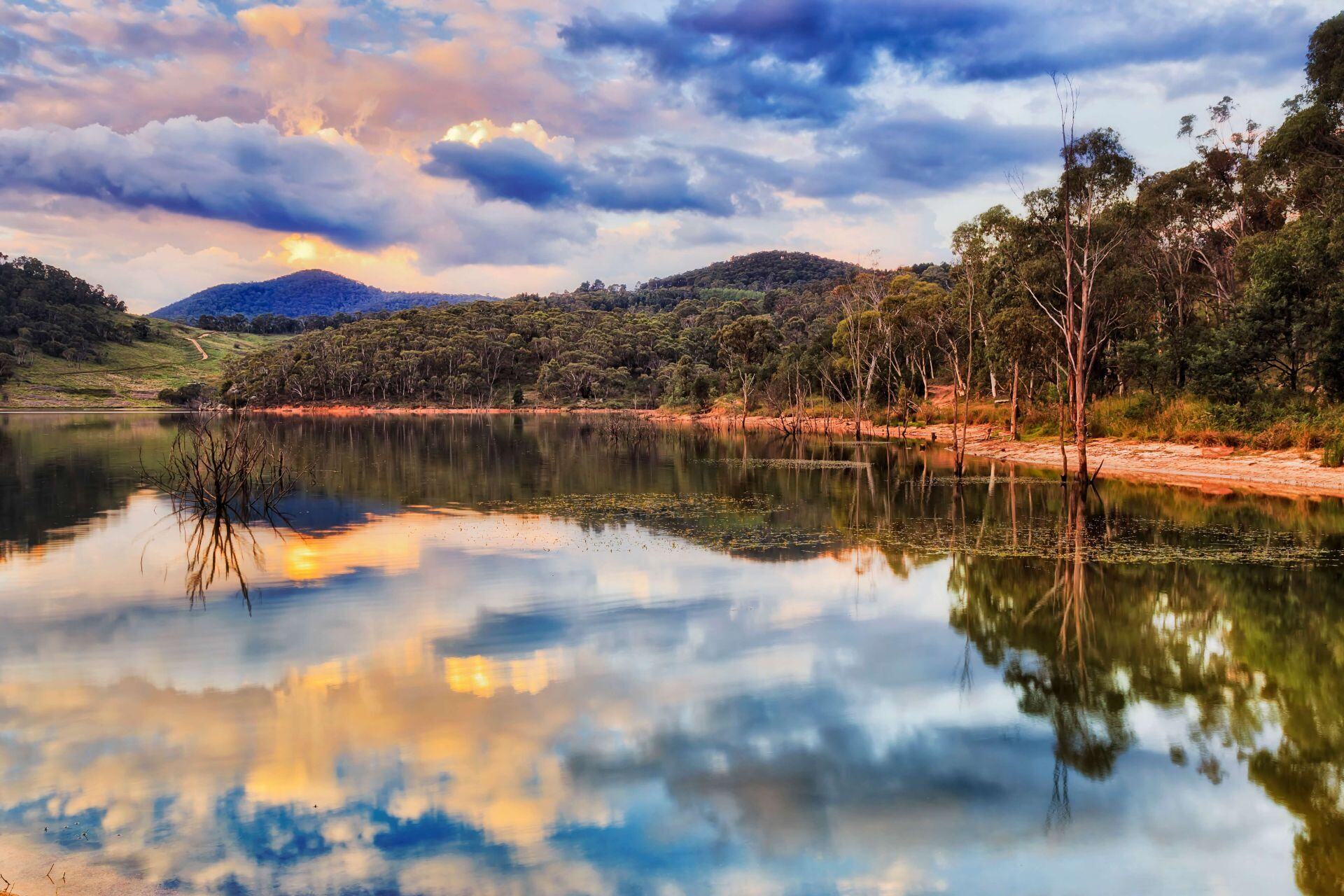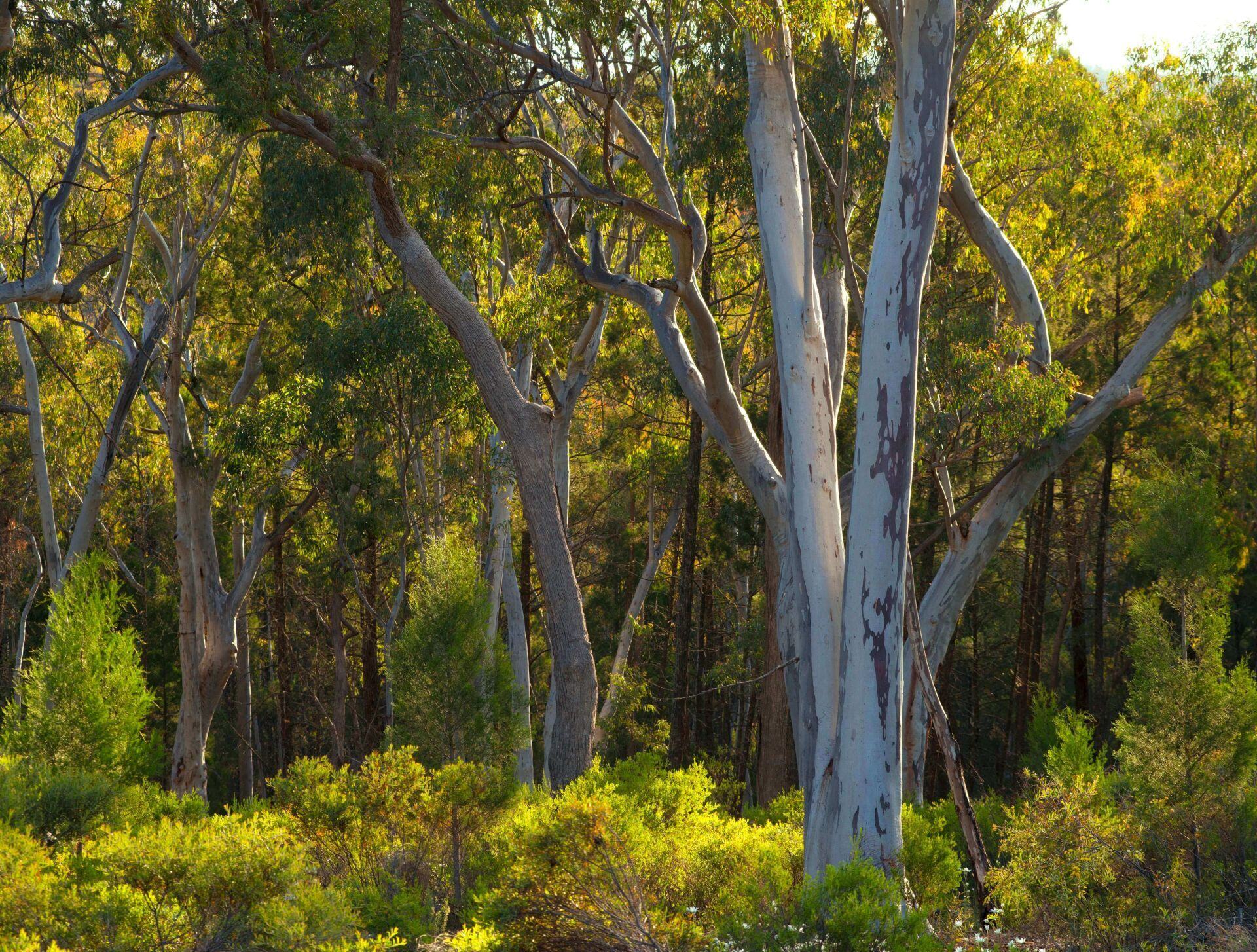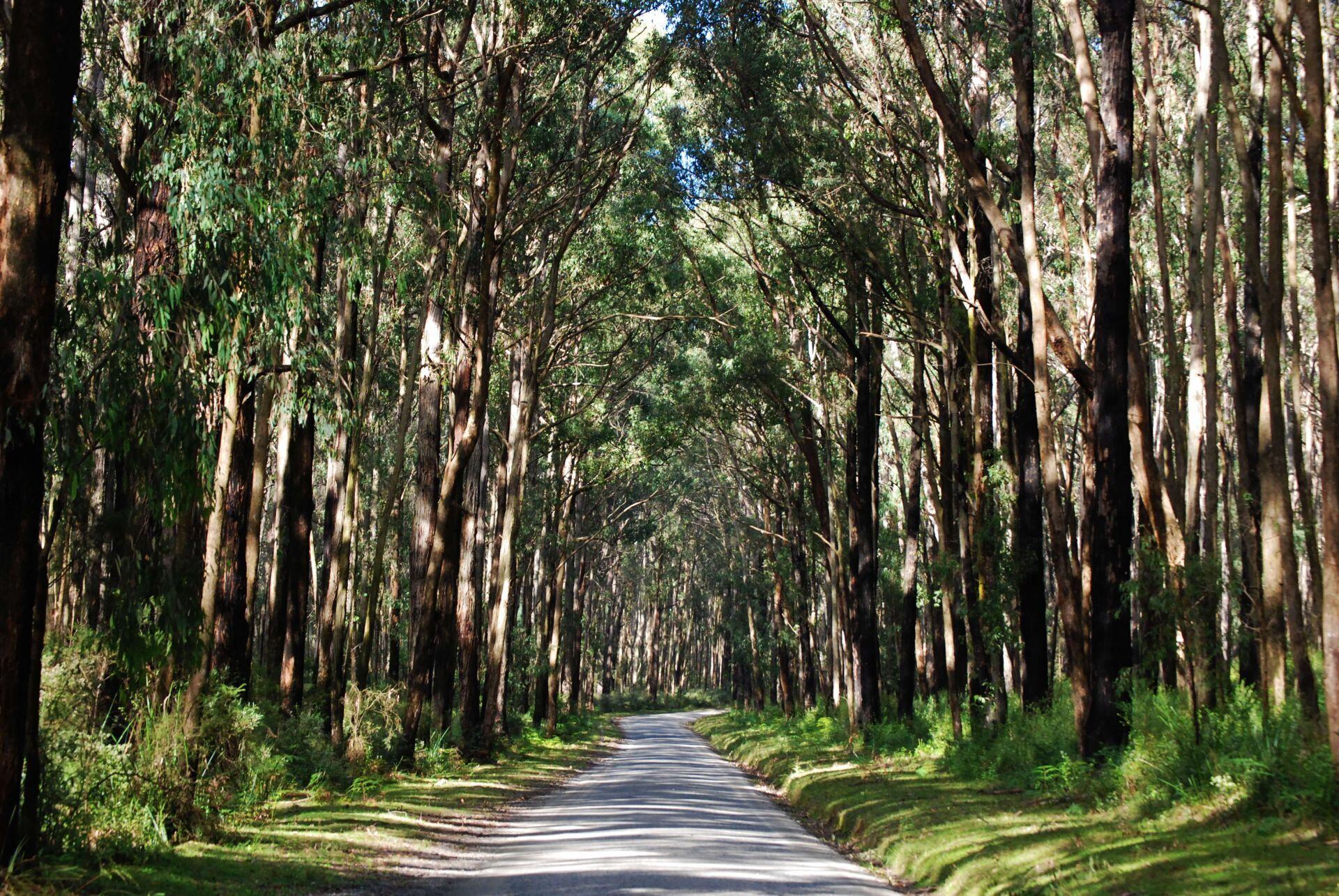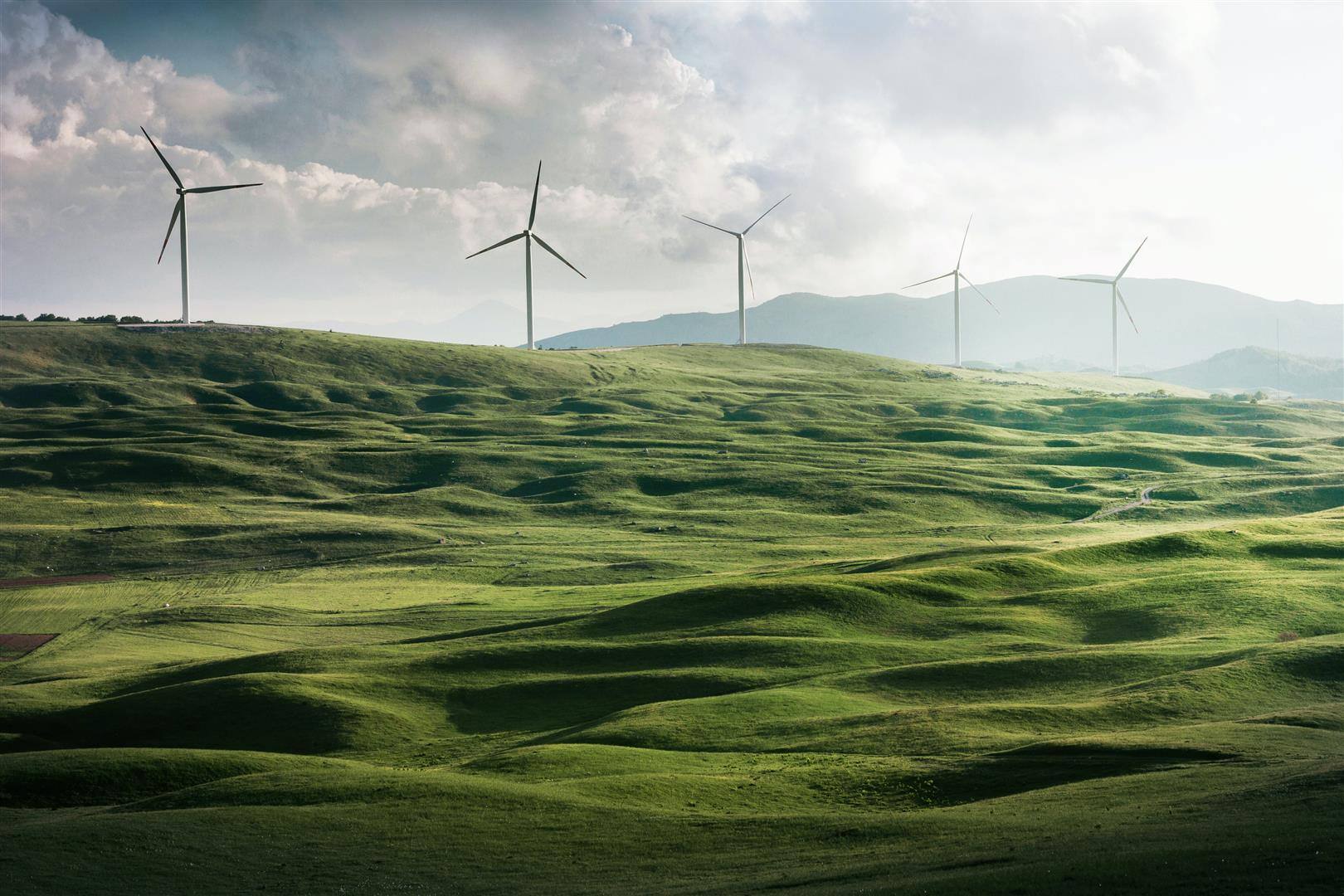


Written by Tim Stubbs, Director, Principal Environmental Engineer
Nothing is an accident.
When you next walk outside, stop and take a good look at whatever part of the natural world you can see around you. Then close your eyes and feel the breeze and the sun, or maybe you can feel the gentle touch of rain on your face.
All these things are related to each other. When you look at a tree near you, that tree grows there because of the soil, the climate, where the sun shines, when it shines, how much rain falls on that spot as well as the other plants and animals that live in the area. It is not an accident that that tree is there, it is a result of millions of natural processes and systems that are going on around us all the time.
The interaction and integration of these natural systems are what make our planet what it is. It has provided the environment that has meant humanity has been able to flourish and we are able to have the rich lives we have today.
As we have found these natural systems seem to have the capacity to be impacted and still be effective. This is good news for humans as it means there is the capacity for us to shape the planet to meet our needs but still have the natural systems which underpin our survival functioning.
When working with Australia’s top water scientists there was a general rule of thumb that to have a healthy river it needed to have two-thirds of its natural flow. What does healthy mean? A healthy river is one that can sustain the plants and animals that have evolved to live there, it is able to stay in balance and recover from shocks. It can flush the salts and nutrients that naturally accumulate. A healthy river can play its role in the natural systems that make up its catchment, the ocean and the planet as a whole.
I have heard of similar rules of thumb for forest cover and landscape connectivity, fish harvest numbers and a range of other natural systems.
What happens though, when we take too much? Where is the point where we start to compromise these systems and they begin to lose their ability to sustain the environment we need? If everything is connected and one system crashes, is it like a line of dominoes?
There seems to be some consensus that we are crashing some of the systems, with our climate system being the most prominent for most people. In response to this, the world of ESG and climate reporting is opening up as a corporate must-have. There are calls for more accountants to add up the numbers and calculate our environmental devastation so we can report it in annual reports to investors.
The big question though is: do we really need accountants, annual reports and investors, or do we first need to start taking notice of the systems of our planet and understanding how we can fit into the much bigger system we rely on for our existence?
When you stop and look and take that breath and feel the sun or rain on your face. Think about the systems of the planet, commit to trying to learn a little more about them and begin to think about how you can change things so we work with the systems of our planet.
Annual reports and metrics and beans to count are part of the solution, but first, we need to be honest about the systems of our planet and their capacity. To do this we need real people who want to understand the real world and be a part of it.
ENVIRONMENTAL PLANNING & ASSESSMENT
Chaelundi National Park Fencing and Dam Removal Project
VIEW PROJECTENVIRONMENTAL PLANNING & ASSESSMENT
Chaelundi National Park Fencing and Dam Removal Project
VIEW PROJECT


